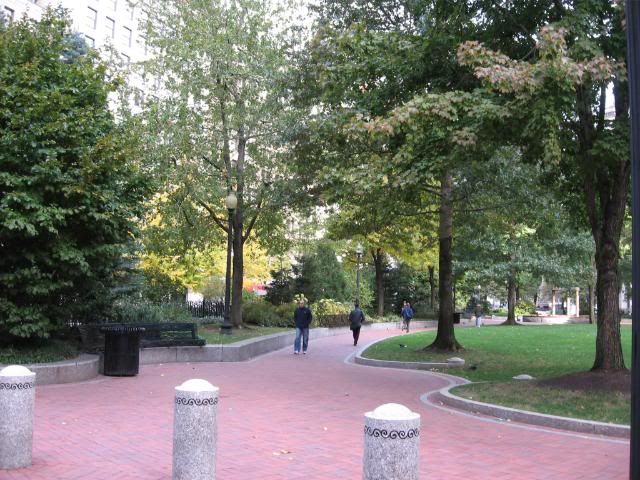Today we wake, deliberate, hang our heads in shame and then stick it back into the metaphoric sand for the next call, a year hence. We, the feather buddies with an environmental itch, brace ourselves for a lifetime of exasperation. We are convinced that policy makers do not believe in environment protection, for themselves or for the masses. But, this one time, my hopes soar that despite being relegated under a dual charge, deigned as undermining of the importance of the Ministry of Environment and Forests, acche din ayenge.
I believe that the Ministry of Environment should be disassociated from the Forests (presently MoEF). Both domains are vast areas of work. Forests have issues that relate to livelihoods and are better placed as a subject of rural development. The ‘Union Forests’ outfit can act as an international agency or a regulatory body and establish norms and rewards to be meted out, such as mandating a minimum 33 per cent green cover in every state. The Ministry of Environment could then evolve as a scientific body from its present semi-scientific avatar and build its core around research related to air, water and soil pollution to provide policy directions, holding states responsible for faulty execution. Today, the Central Pollution Control Board (CPCB) is nothing but a rudderless organization. Not only is it unable to crack down on defaulting units, it can barely throw up data, even several years old, on easily measurable parameters such as air quality status of cities around the nation. The Delhi-Beijing air quality comparison unfolded this winter, with Indian scientists tumbling over themselves, in an effort to prove that Delhi’s air quality is ‘bad’ or ‘not-so-bad’ or ‘better than so-and-so country’ and so - till the media decided to end it all by withdrawing printing space. But, is real-time online data, 24x7 on every city of India not a possibility? For all we know, Kanpur could be 20 times worse than Delhi! I can hope that once a powerful Union Environment Ministry is created, with CPCB being in sole charge of measuring and making real-time data available to the nation, a true clean-up act will commence. And once the CPCB enables data transparency at macro and micro-level, the ‘knowledge is power’ portal will be a veritable Mecca for the concerned masses. With a new government that mandates the cleaning of the rivers, surely cleaning of the soil and the groundwater of the nation also holds resonance.
Then again are the duplicating efforts of each scientific Ministry. Climate change concerns are tackled by the Department of Science and Technology, the Ministry of Earth Sciences and MoEF with cells performing at varied levels in all these fund-rich bastions. Currently, air quality measurements, with ‘my-daddy-strongest’ undertones is doing its inter-ministerial rounds. I hold the Prime Minister's words very close to my heart when he says that he would always be there for all of us – the 125 crore Indians. I am sure he will find it within himself to include the Godavari, the Ganga of the south; the Cauvery;the dying Adyar and many other rivers in his agenda of river cleaning, rechristening ‘Water Resource and Ganga Cleaning’ as ‘Ministry for Surface Water’. The ground water and all its complexities can be dealt with by a Groundwater Ministry with the database and research being thrown up by the present Central Ground Water Board. For a nation that is desperately trying to control inflation, dubious spending on similar subjects seems to be, mildly put, superfluous.
Speaking of scientific ministries, one may encounter especially talented individuals, wilting within the conundrum of administrative charge. What astounds me is why scientific ministries, which include environment, should see India’s scarce and far between scientists being wasted at the altar of administration, 'processing' files. Surely able officers that spend many formative years in preparing for competitive examinations (a well-defined industry in this country) to serve administratively can be assigned scientific responsibilities – with scientific consultations of course, if and when required. Scientists should do science – period.
And yes, the effects of pollution are insidious, difficult to quantify and debatable. From mere lethargy to serious ailment, man-hours lost are barely comprehended let alone computed. The World Health Organization and many allied international agencies point towards a high number of respiratory and heart related ailments in India that are directly ascribable to pollution – which together reportedly kills the highest number of Indians. The Prime Minister, I am sure would understand that it is no fun ruling over a disintegrating lot of sicklings who would be ever-absent from duty.
In sum, strengthening a new and improved Ministry of Environment; singling out three or four foremost areas for environmental battle ground within an ascribed time period; bringing in transparency in basic air-water-soil quality data; and, enlisting the help of science in problem solving may lead to the salvation of our health-compromised masses.

